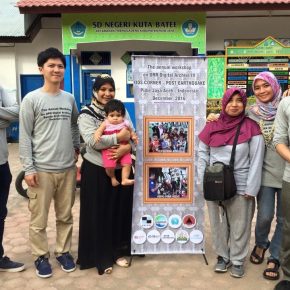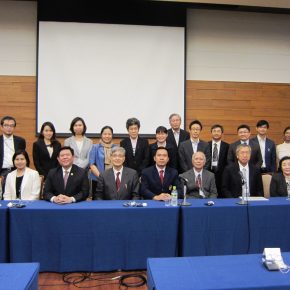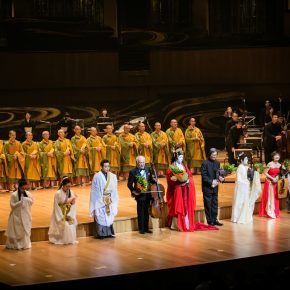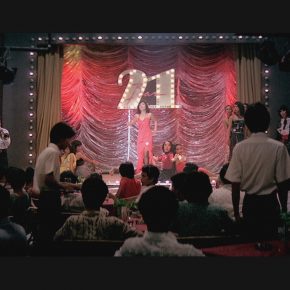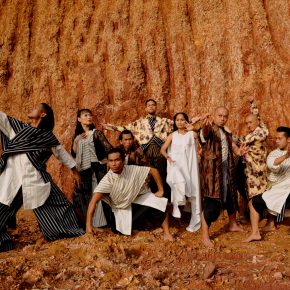Gong ex Machina is a collaborative performance by Yasuhiro Morinaga (sound artist and music composer from Japan), Yudi Ahmad Tajudin (contemporary theatre director from Indonesia), and other artists across disciplines from Indonesia: Mian Tiara, Gunawan Maryanto, Dwi Windarti, Wulang Sunu, Ignatius Sugiarto, MN Qomaruddin, dan Arsita Iswardhani. The title of the performance, “Gong ex Machina”, is a word play from a technical term in ancient Greece in the 5th century: Deus ex Machina, which more or less means God in or out of the machine. The term refers to the technique to present actors playing as gods on the stage of a Greek tragedy using equipment like cranes, moving up and down, or a trap door, to allow the actor coming from below the stage. Hence, Gong ex Machina, a gong in or out of the machine. The concept of the performance evolves from a reflection following an extensive research by Morinaga on the gong culture throughout South East Asian countries. One of the significant findings of the research is that how a music/sound produced by a gong, as well as the gong itself, serves as a communication medium between human and supernatural beings (the ancestors, gods, and God) or even as the supernatural being itself (God in the Gong or through the Gong). It is a sonic theatre because in this performance sound is the main element. The theatre (movements, images, stories, emotions and perhaps meanings) in Gong ex Machina was created based on the sound composition, not a script. The event also highlighted and developed the presence of sounds as its anchor. The performance was presented in a “3D-immersive” sound system, which put sound output in the whole theatre room, not just from the stage. The sound came from all directions and the audience heard the sound from everywhere. Renowned sound engineer from Japan, Tetsushi Hirai, designed the sound system. As a performance, Gong ex Machina tries to reflect on how sound or voice (or also noise) plays a part in shaping our experience and understanding of the world. Another contemplation is: which god we listen to and which god moves us?
平成28年度実績 https://grant-fellowship-db.jfac.jp/ja/grant/cc1623/
平成27年度実績 https://grant-fellowship-db.jfac.jp/ja/grant/cc1564/

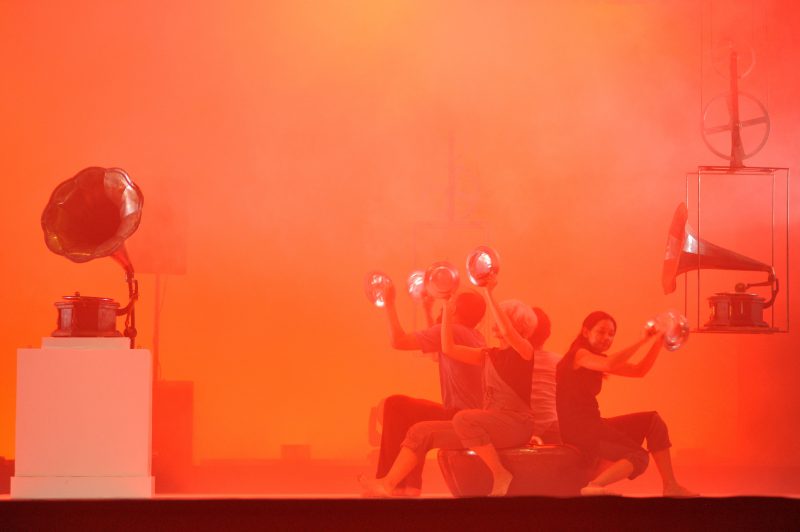
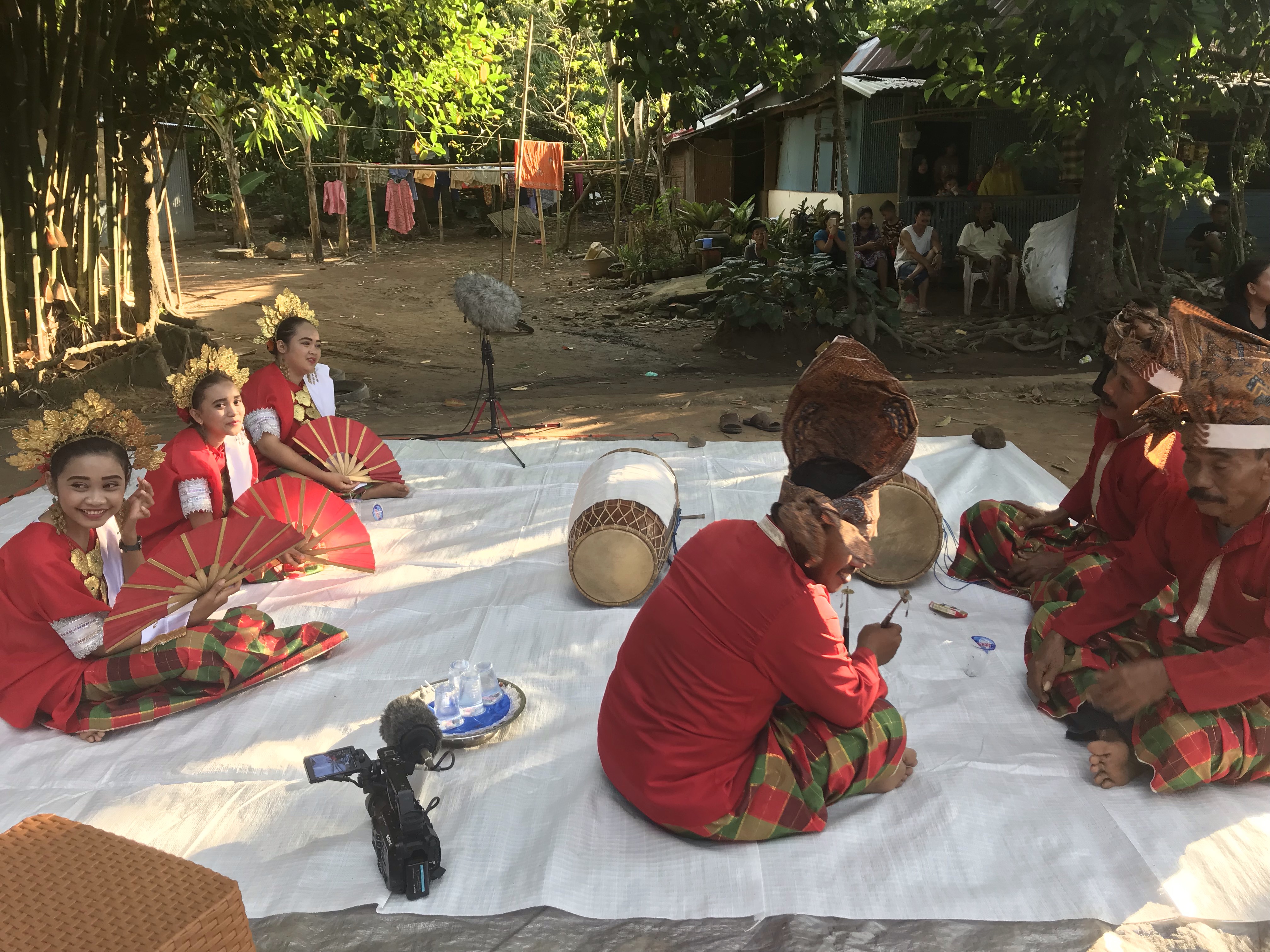
- 関連する国/地域
- 日本, インドネシア, 中国
- 協力団体/協力者
- テアトル ガラシ
- リージャン・スタジオ 麗江工作室
申請団体より
異文化の方々と共同制作を実現するためには、一定の時間が必要だということがわかった。それは3年という期間は短いのかもしれない。特に対象とする国が複数に跨る場合、コラボレーションの意味をメンバー全員が共有しゴールに向かっていく下準備には相応の時間がかかることがわかったことであった。特に本事業のように通文化的なフィールド調査を踏まえて作品を制作していく過程において、コラボレーターとの入念なミーティングを繰り返しながら、ものづくりに対するプロセスというものを根本から考えなければならないと感じた。それが作品の結果に結びつくためには辛抱が必要だが、本来のアジアの中で育まれてきた自分なりの「協働」の仕方を分かち合えたのは本助成を受けない限り不可能だったと考える。

